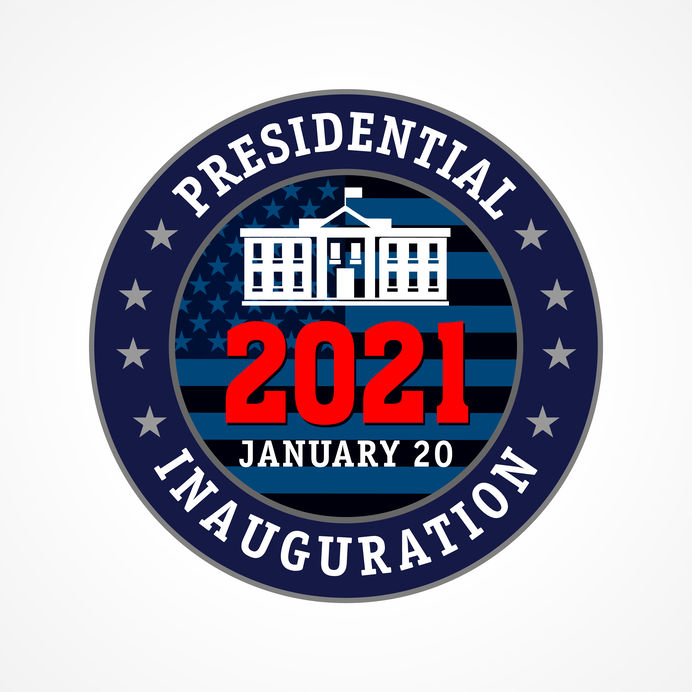President-elect Joe Biden announced an aggressive plan for the first 10 days of his administration following Inauguration Day on January 20, 2021. Proposals include $1.9 trillion in Covid-19 relief called the “American Rescue Plan,” and a series of executive actions to reverse policies of the outgoing administration and establish a new path forward.
Biden announced his Covid-19 relief package in a primetime address on January 14. Then, on January 16, White House Chief of Staff Ron Klain released a memorandum to incoming senior staff that outlined Biden’s plans for the first 10 days.
“We face four overlapping and compounding crises: the Covid-19 crisis, the resulting economic crisis, the climate crisis, and a racial equity crisis,” Klain stated in the memorandum. “All of these crises demand urgent action.”
Biden’s $1.9 trillion Covid relief proposal is the first of a two-part plan to address the pandemic and the economy. The first part focuses on Covid relief that Biden seeks to pass in January soon after his inauguration. Part two, expected in February, will focus on economic recovery and infrastructure investment.
Biden’s $1.9 trillion Covid-19 relief proposal includes:
- $350 billion in additional CARES Act Coronavirus Relief Fund (CRF) payments for tribal, state and local governments
- $20 billion for a national vaccination program
- $140 billion for testing and other public health investments
- $130 billion to help schools reopen safely
- Additional $1,400 individual stimulus checks
- Increased federal unemployment benefits to $400 per week through September
- $25 billion in home rental assistance
- $5 million in utility assistance for heat and water bills
- 14 weeks of paid leave for home caregivers of COVID-19 patients
- Raising the federal minimum wage to $15 per hour.
Over the past year, Congress has passed approximately $4 trillion in Covid-19 relief and economic assistance. Biden’s proposal for an additional $1.9 trillion will likely see some resistance in Congress. However, Biden is looking to get both popular and Republican support for his proposals – particularly the individual stimulus checks.
If Republicans do not support additional relief, with Democratic majorities in the House and Senate, Biden would be able to pass many of his relief and recovery proposals through a Congressional maneuver called “budget reconciliation” which is not subject to a filibuster and only requires a majority vote.
As outlined in the memorandum, Biden also plans a series of executive actions over the first 10 days of his administration. On Inauguration Day, he plans to sign a dozen or more executive actions, including extending the pause on student loan payments and interest, revoking the cross-border permit for the Keystone XL pipeline, rejoining the Paris Climate Agreement, reversing the Muslim Ban, extending restrictions on evictions and foreclosures during the Covid pandemic, and launching a “100 Day Masking Challenge.”
On January 21, Biden will sign executive actions attempting to change the course of the coronavirus pandemic. On January 22, he will direct cabinet agencies to take actions to deliver economic relief. And, between January 25 and February 1, Biden will continue to take actions intending to advance equality and support for communities of color, reforming the criminal justice system, expanding access to health care, and addressing immigration and border policies.
###

